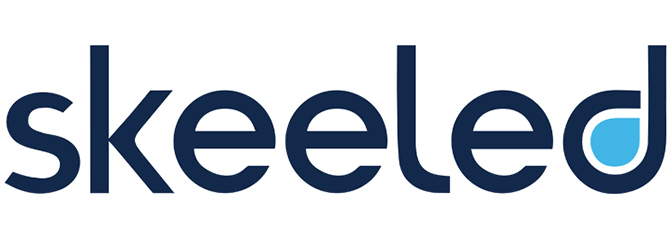Nicolas Speeckaert, co-founder and director of skeeled says, “Companies often spend a lot of time devising their recruitment strategy but fail to measure its success. When companies audit their processes and leverage their recruitment data, they can see what is working well and what needs to be changed. If not, they may waste time and money recruiting the wrong people and not have a clue why.”
According to skeeled, one of the best ways to measure effectiveness of a talent acquisition strategy is to use easily available business data and recruitment metrics. Nicolas Speeckaert recommends the following seven metrics, which can give businesses deep insight into the performance and impact of their talent acquisition process:
1 - Time to hire
This is the number of days between the start of the recruitment process and the moment a candidate gets hired. Most talented people are off the market in 10 days, so having a shorter process gives companies a better chance at attracting and hiring top talent.
2 - Cost Per Hire
Understanding the cost per hire is essential for calculating and managing the recruitment budget. Companies need to understand the average amount of money they are spending to make a new hire including all costs related to recruitment, such as purchase of equipment, onboarding, administration and benefits. It can vary enormously depending on the company’s size, the seniority of the position and the number of recruitment channels used.
3 - Qualified Candidates per Opening
A “qualified candidate” is anyone who passes the application screening process and moves to the next stage of the recruitment process. This metric is more meaningful than the number of applicants, as it shows recruiters how good the candidates they are attracting are. This is an important metric because if a company is attracting unsuitable candidates they won’t fill a position but can set new strategies attract better candidates.
4 - Sourcing
This refers to the performance of the channels, job boards or social media platforms where jobs are advertised. Companies need to understand which channels work best. To calculate this, candidates need to be tagged according to the acquisition source when they submit their application or to where the recruiter found the profile (LinkedIn, Employee referral, Internal, Facebook, Indeed etc).
5 - Quality of Hire
Quality of hire is at the top of the list of useful performance KPIs for most companies, as it measures the value new hires bring to a company. Hiring quality employees means less turnover, more productivity, better culture, and greater overall success for the company.
As quality is quite hard to evaluate, some quantifiable recruitment metrics can be used, such as new hire performance metrics such as sales targets or achieving good customer satisfaction ratings, turnover and retention metrics, hiring manager satisfaction ratings or the percentage of new hires promoted within a certain time frame.
6 - Offer-Acceptance Rate
The percentage of job offers accepted is a good indicator of how well the hiring practices are working. Although candidates can decline a job offer due to external reasons (counteroffer from a current employer, etc.), they can also refuse the company’s offer due to reasons related to the company culture, unattractive compensation, or job duties mismatch which could have been detected and managed by the recruitment team.
7 - Satisfaction rate
Although this metric often gets ignored, satisfaction ratings allow companies to understand how candidates are experiencing the hiring process. To measure it, companies can use surveys of candidates and new recruits. It is essential to understand what may be causing high numbers of interview cancellations, no shows, or high turnover rates in new hires.
Nicolas Speeckaert adds, “Evaluating a talent acquisition strategy with a data-driven approach will give companies a more holistic view of how talent acquisition is impacting the business strategy and how they can improve it, so that they can consistently attract and hire the best talent.”
For more information on skeeled visit: www.skeeled.com






